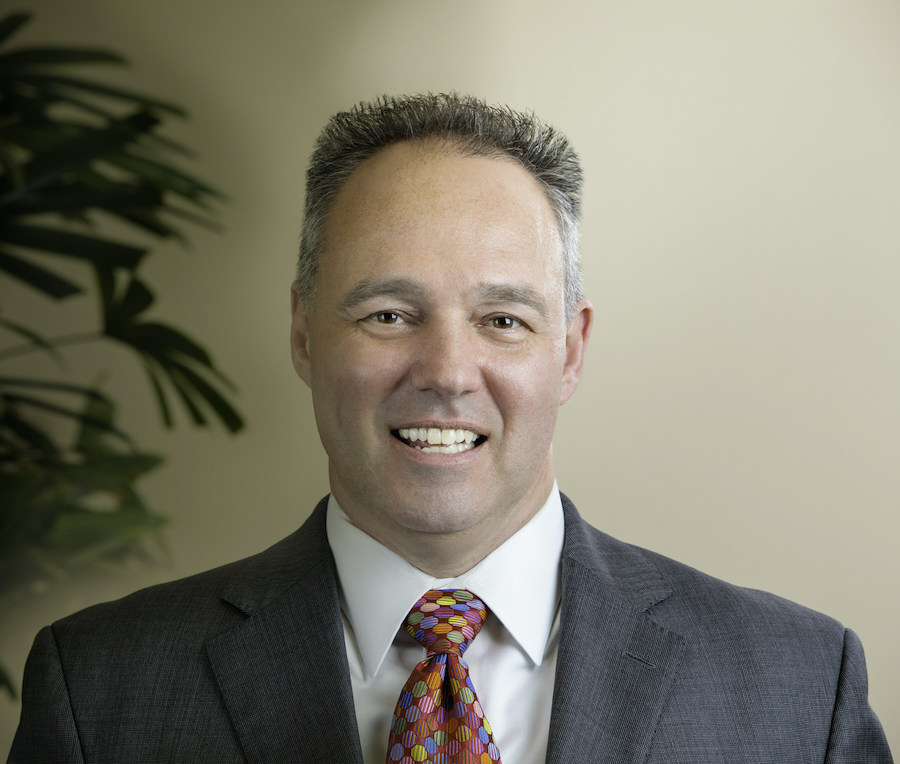Healthcare / Community resilience
Rural hospitals need to adopt new strategies to overcome challenges
By Andrew Sansom | 07 Feb 2023 | 0
The year ahead promises to be a challenging one for US hospitals and health systems – with federal funding, scarce workers, higher costs, rising interest rates, and implementing new models of care among the problems being faced. To mitigate and overcome these issues, rural hospitals should develop and implement new strategies, the boss of a community hospital consultancy contends.
Jim Kendrick, president and chief executive of Community Hospital Corporation (CHC), says that some of the biggest healthcare trends will be the most difficult ones facing rural hospitals and health systems. They include clinical staff shortages and rising labour costs, higher interest rates and inflation, the need for federal funding to keep many rural hospitals financially solvent, and new healthcare delivery models, among other trends.
On the topic of federal aid, many rural hospitals still require governmental financial assistance to maintain an optimal level of care. Since 2010, more than 140 rural hospitals have been shuttered, according to the North Carolina Rural Health Research Program.
Financially strapped hospitals, however, can request relief funding from newly launched programmes, including the United States Department of Agriculture’s Emergency Rural Health Care grants. Additionally, Kendrick points out, the Rural Emergency Hospital designation provides an option for rural hospitals most at risk of closing to change their service offering.
He notes that more funding may be made available in response to increased recognition of the role that rural hospitals play in the nation’s healthcare system. Proposed federal funding mechanisms, such as the Rural Hospital Support Act and the Assistance for Rural Community Hospitals Act, can help keep hospitals running smoothly, if and when the funding receives congressional approval, he adds. 
But rural hospitals should not rely solely on federal aid as a panacea for their financial ills. “Because federal funding may or may not materialise, hospital leaders need to adapt in order to keep pace with changes in the way healthcare is delivered and compensated,” Kendrick says.
Challenges impacting rural healthcare include high labour costs. To develop a long-term solution for staffing needs, hospitals must focus on skill-mix optimisation, he says, as this will help reduce reliance on premium labour. One strategy is for hospitals to partner with nursing schools and vocational schools to capture healthcare workers early in their training. A team staffing model approach is an innovation used at several CHC hospitals, Kendrick observes.
Another problem is rising interest rates and serving the cost of debt. Hospitals saddled with debt may require restructuring, he notes. And the adoption of new care delivery models will also impact hospitals – hospital-at-home care, for example, transitions certain diagnostic studies, treatments and skilled nursing services to the home environment.
Kendrick concludes that because every hospital will need to follow a different path to sustainability, hospitals must chart their own strategic roadmap.
Organisations involved

